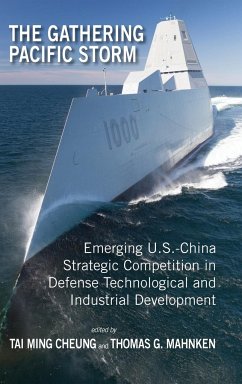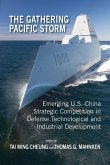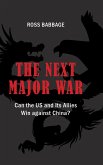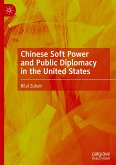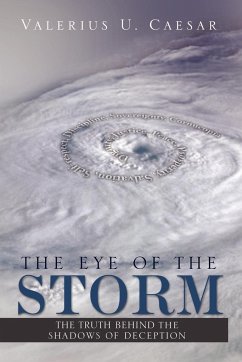*This book is in the Rapid Communications in Conflict and Security (RCCS) Series (General Editor: Geoffrey R.H. Burn). The United States has enjoyed overwhelming military technological superiority in the post-Cold War era, but China has begun to chip away at this dominance. As distrust and strategic rivalry becomes more prominent in US-China relations, this is helping to turn what had previously been parallel but separate military research and development efforts by both countries into a directly connected competition. This contest for leadership in defense technology and innovation promises to be a long-term and highly expensive endeavor for the United States and China While there are some similarities between this emerging US-China defense strategic competition and the twentieth-century Cold War, there are also significant differences. The US-Soviet confrontation was primarily an ideological, geostrategic, and militarized rivalry between two countries and supporting alliances that were largely sealed from each other. This twenty-first century rivalry takes place against a backdrop of globalized interdependence, the blurring of military and civilian boundaries, and the growing prominence of geo-economic determinants. US-China military technological competition lies at the heart of the growing strategic contest between the United States and China. This is largely because this technological rivalry straddles the geostrategic and geo-economic domains covering drivers ranging from industrial policy and foreign direct investment to weapons development programs and threat assessments. Examining the nature of the US-China defense technological competition requires a more comprehensive and nuanced understanding of the complex military, economic, innovation, and other drivers at play. Moreover, this technological race is still in the early stages of development and can be expected to grow larger, more complex, and more intense, so this book provides an invaluable This is a pioneering examination of the burgeoning US-China defense technological competition and provides perspectives not only from US analysts but also from China and Russia. One of the major contributions of the book is the use of a competitive strategies framework that outlines some of the key considerations in the assessment of US-China military technological competition. A rich and expansive discussion of this competition across a diverse range of domains, including air, sea, space, and emerging technologies, provides a comprehensive understanding of how complex and varied this contest is becoming, as well as its strategic and global implications. The Gathering Pacific Storm is a timely and valuable volume for students, scholars, security practitioners, and anyone involved international relations, security studies, and political science.
Hinweis: Dieser Artikel kann nur an eine deutsche Lieferadresse ausgeliefert werden.
Hinweis: Dieser Artikel kann nur an eine deutsche Lieferadresse ausgeliefert werden.

